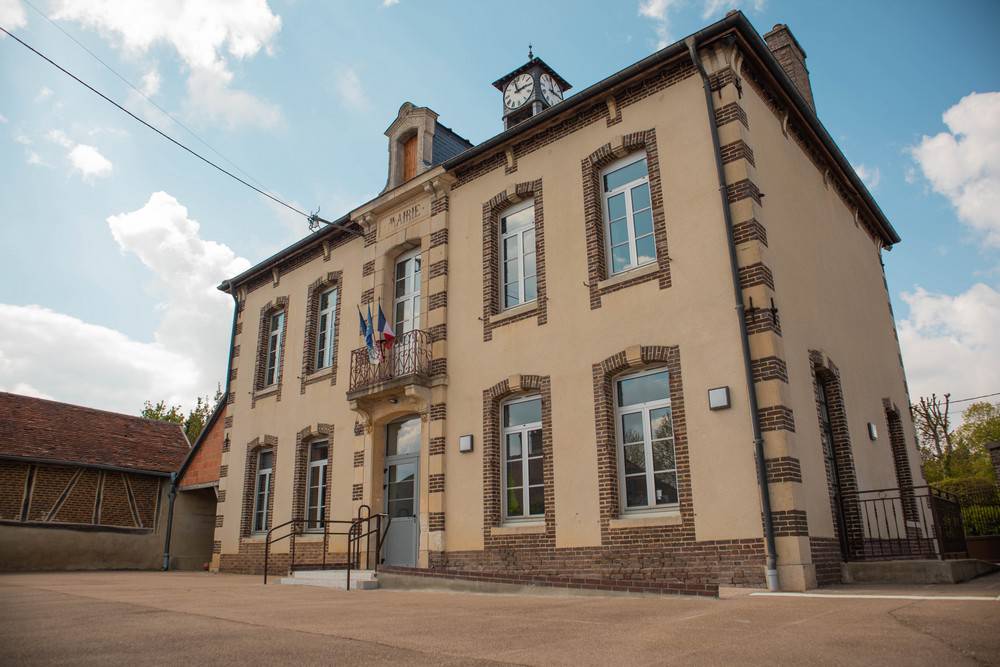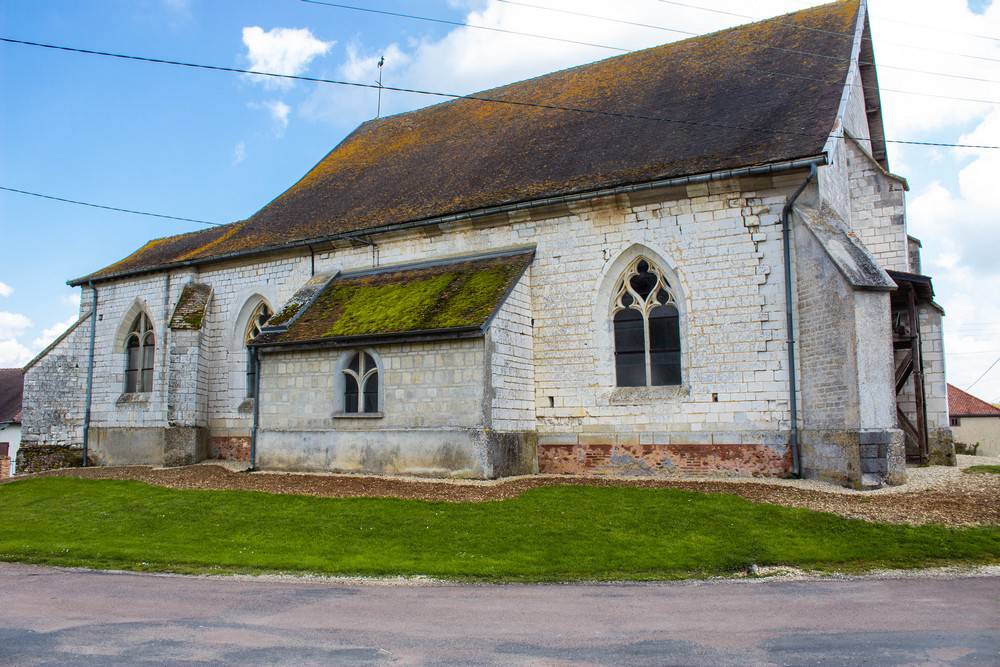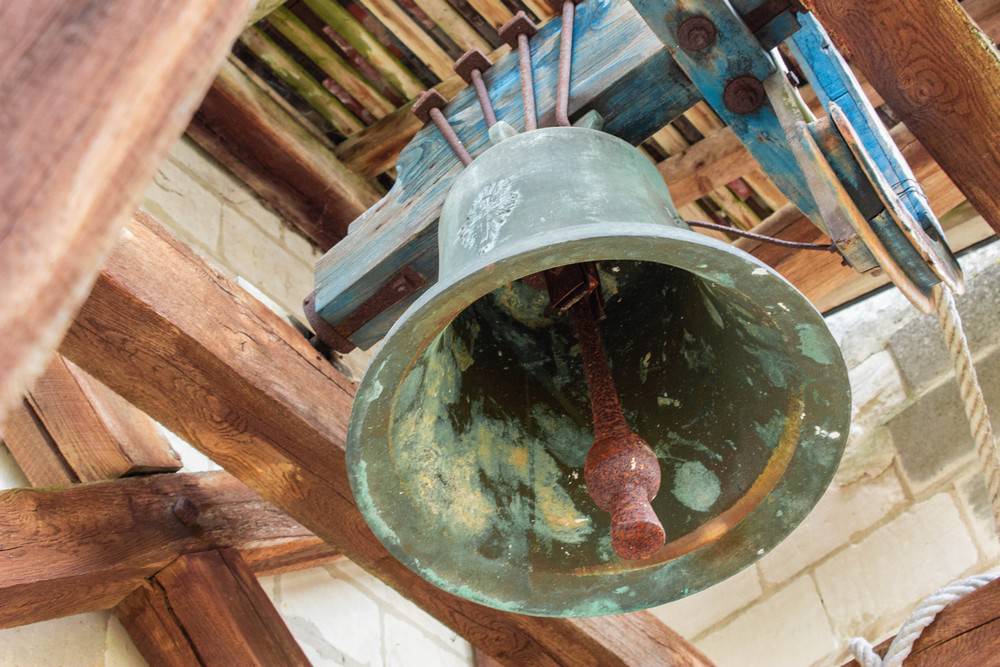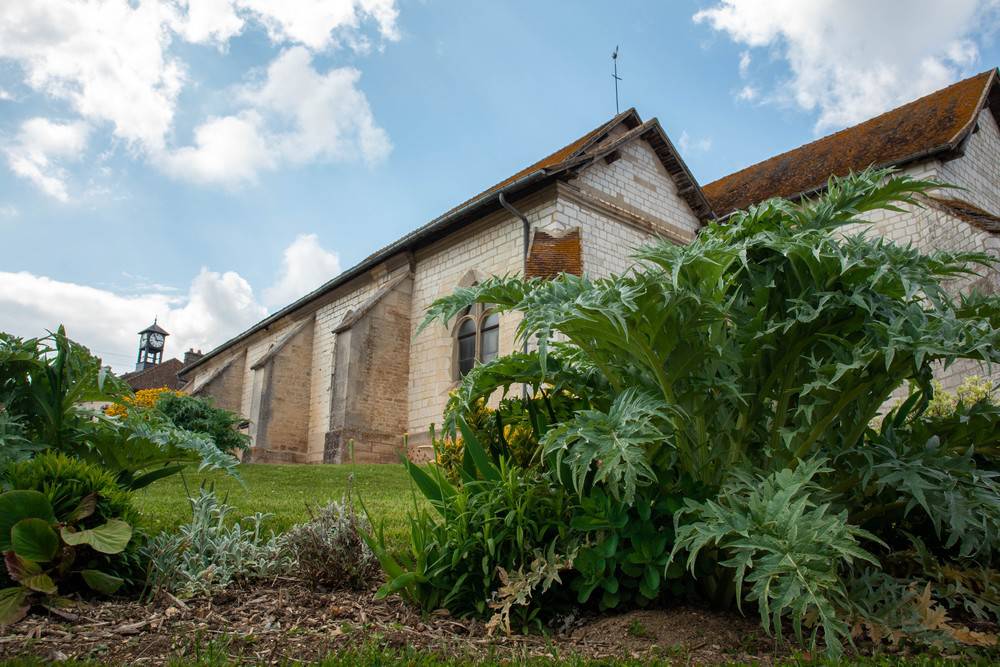This commune covers an area of 11.25km² and has 405 inhabitants who are known as ‘Montgueuillats’. It is located about 12km west of Troyes. Reached via the D91 or the D141, it is 5km from junction 20 (Torvilliers) of the A5 from Paris.
Montgueux is part of a school group with the communes of Saint-Lyé and Macey which organises which age groups are taught where according to numbers. Macey and Montgueux also share their sports association, which offers many activities including football, fitness classes and judo. The hill is known for its champagne producing vines and its uninterrupted view of the city of Troyes and its surrounding communes.
Located on the hill of Montgueux, the commune is located on the site of a castle that was built around 1512 and destroyed 250 years later during the French Revolution. There are various legends that add to the mystery of this mound. There is supposed to have been a Medieval castle on the site that sheltered a young girl who disappeared in the company of a Count of Champagne.
The following year a dragon was turned out of the castle. Vanquished, it threw itself into the Trou de Chirac. where you can find a stone engraved in memory of the young girl:
‘As you pass by, say a prayer for poor Clothilde.’
In the area known as Montchaud, on the other side of the D660, a war memorial pays homage to the members of the resistance who were shot in these woods during the Second World War, especially on 8 June 1944 when the area was liberated.
In the middle of Montgueux several roads lead to the church of l’Exaltation de la Sainte-Croix, which dates from the 16th century. It was added to the supplementary list of historic monuments in 1938 and its 16th-century stained-glass windows have been classified as historic monuments since 1913.
The church has a rectangular design without transepts, and its distinctive structure can be seen in the design of the vaults. The combination of ogive, ridge, and lierne ribs create a total of five different types of vaulting in Montgueux church.
The church has a variety of furnishings, some items of which are classified as historic monuments. These include a bronze bell dating from 1583, and two 16th-century limestone sculptures – one depicting Saint Roch and the other Sainte Barbe. There is also a celebrant’s chair with its two accompanying stools dating from the 19th century. Their white upholstery with delicate flowers is probably original.
TO FIND OUT MORE
>>> Accomodation
>>> Shops and Services




